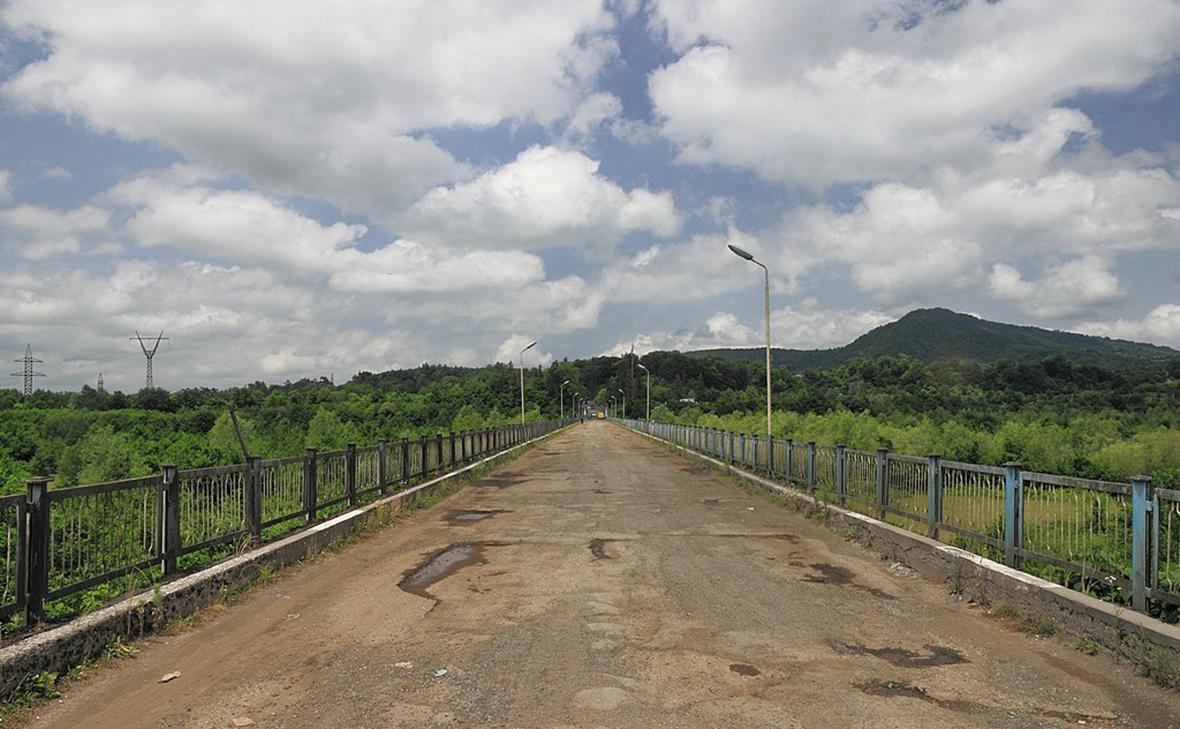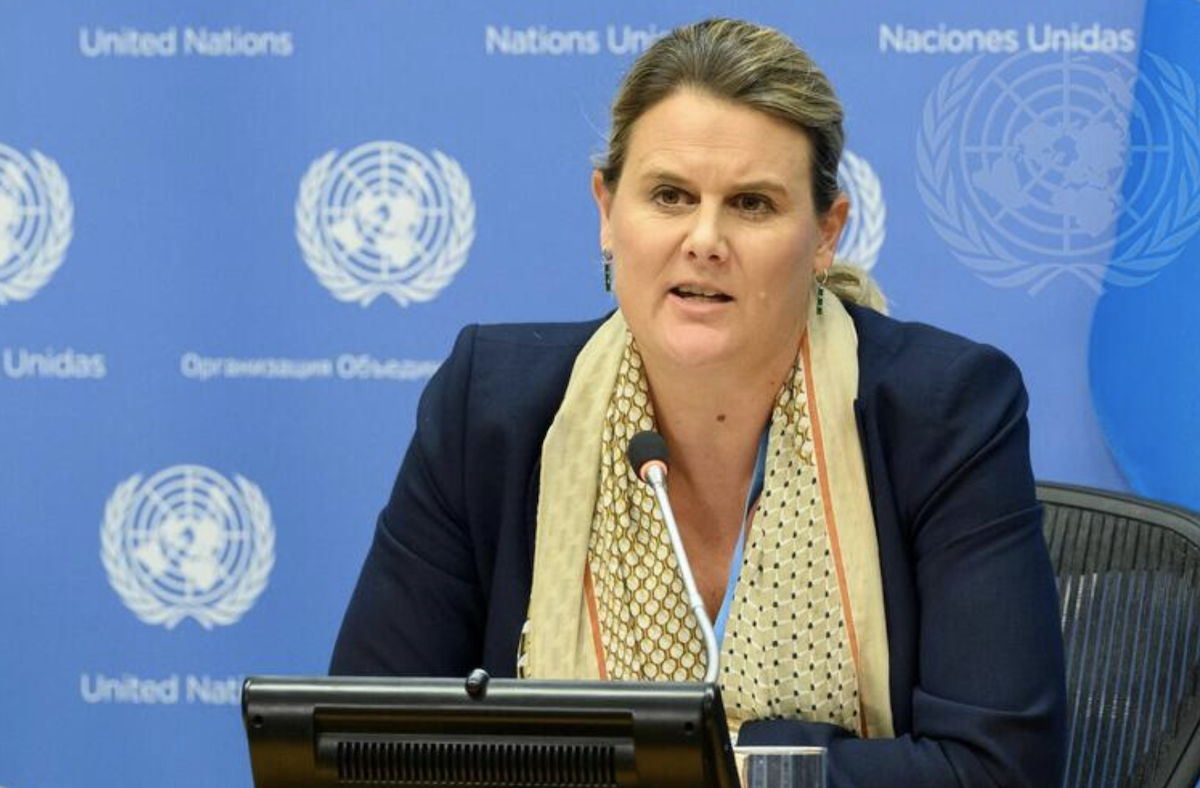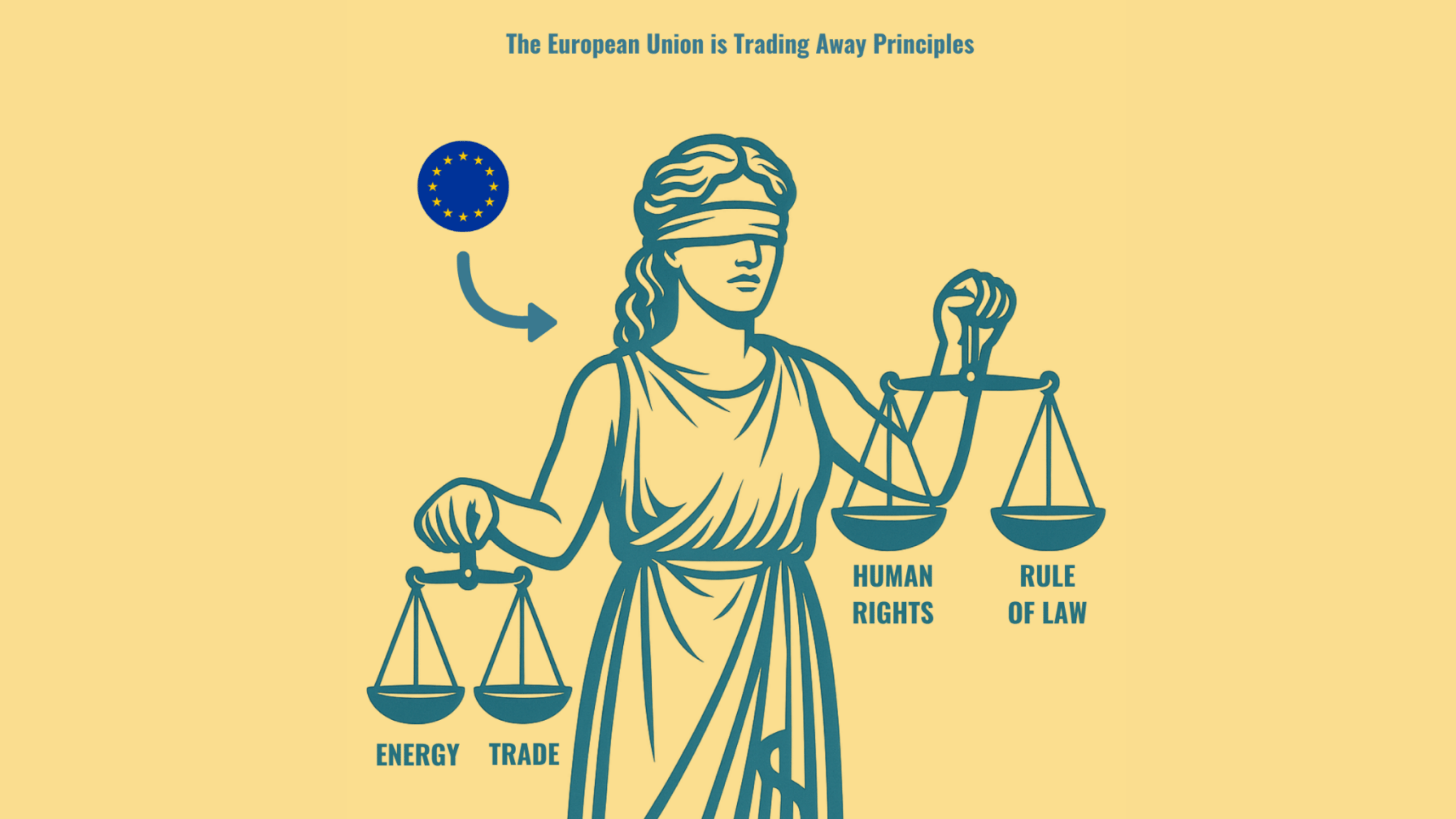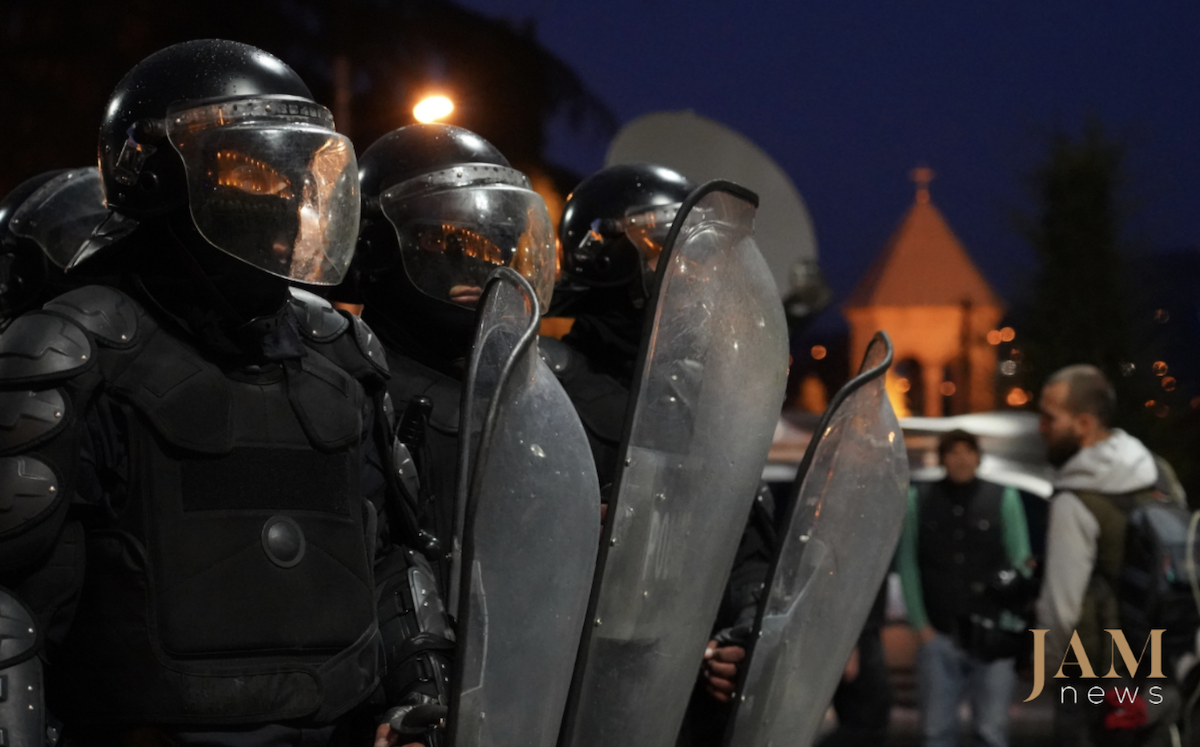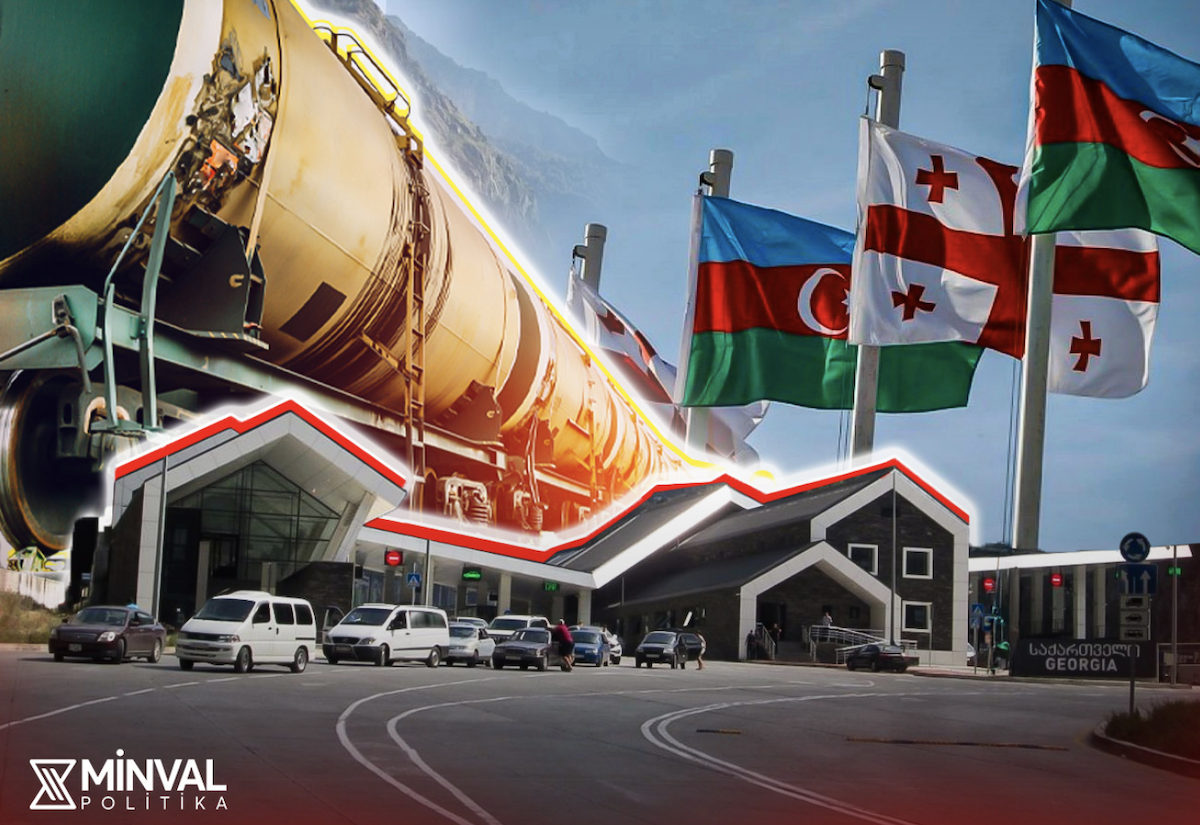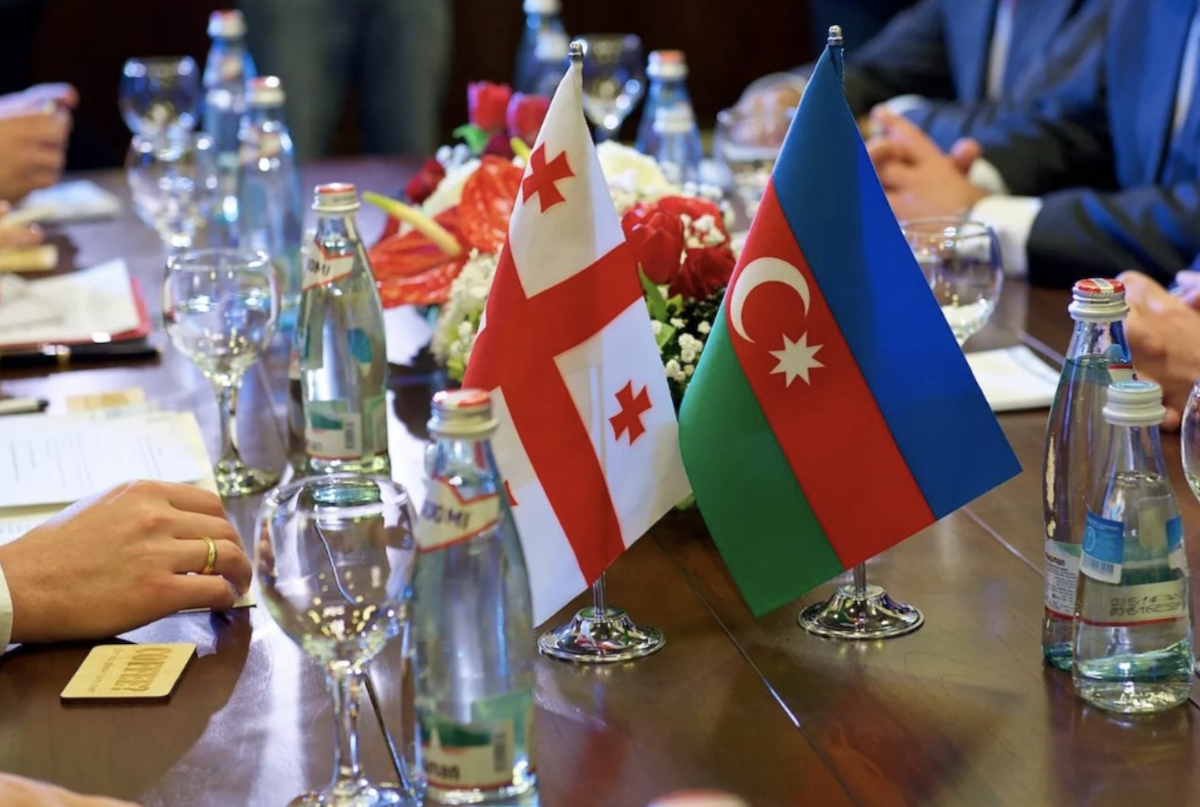Do we need eternity?
Azerbaijani school textbooks have been long the education system’s ‘weak link’. Whereas the history textbooks are just a special case.
In the ‘90s, or even in the beginning of the 2000s, the school curricula were drawn up based on the old Soviet textbooks. Afterwards, when the Education Ministry published school textbooks using its own resources, the situation started changing. And not for the better.
The textbook-related problems can be divided into 4 categories:
1. Factual mistakes – apart from distorting the past, some facts are understated, while others are exaggerated
2. Personal, non-critical approach to history and development of non-critical approach in the youth.
3. Description of the developments is limited to dates and kings. Such-and-such king (shah) attacked such-and-such country in such-and-such year. The culture, customs and lifestyle are just left behind the scenes.
4. Language of hatred. The most regrettably thing is that there is such, and it’s in bulk.
But first things first.
In fact, it’s rather difficult to divide the historical blunders in the textbooks into factual, hate speech, and etc., because they are interlinked with each other. Where misrepresentation of facts is the case, there is also non-critical approach, there is hatred to the neighboring states.
An eternal nation
The history textbook’s first ‘strategic’ blunder is an obsession about an eternal Azerbaijani state and eternal Azerbaijani nation. That is, the Manna, Media, Atropatene, Albania, as well as any feudal khanate, have been declared as Azerbaijani. Though it’s absolutely unclear, why it’s necessary to insist so much on the long-time experience of the Azerbaijani state in the world, where boundaries of nearly all states have been changed and redrawn?
Apparently, it’s a desperate attempt to oppose notorious ‘Great Armenia’ and surpass the Armenian propaganda by any possible means. At the same time, some territorial claims have been laid against Iran, because Tabriz really was the capital of the Safavid state, with its Turkic rulers, whom Azerbaijanis legitimately regard as their ancestors, and, interestingly, against Georgia, certain part of the territory of which is referred to in the 5th grade textbooks as the ‘native Azerbaijani land.’
As far as the eternal Azerbaijani nation is concerned, the whole discourse about the existance of borders and unified nations is referred to the present day, but the authors believe that it has always been so. Such concepts as ‘nation’, ‘state’, ‘borders’, the way we understand them, simply didn’t exist.
Most of the European states ‘started’ as disparate tribes, fighting for land and resources, and no one regarded it as something shameful. As for an ordinary Frenchman of that time, he didn’t think that he was French, he didn’t even know what it was. He was thinking about food and dreaming of living to the old age, i.e. to 40.
There was no middle class (a foundation of the industrial society). And the upper crust identified itself by its loyalty to a particular sovereign and God, rather than by some ethnic group.
What happened in Central Europe, in Asia, in the Middle East? All the same.
Enemies are all around
That’s how the textbooks interpret the ‘Kitabi-Dada Qorqud’, an ancient epic story of the Turkic people.
“One of the favorite sayings of the Oghuz people is as follows: ‘An old enemy will never be a friend.’ Oghuz bravehearts swore to revenge the blood of a killed Shahid (martyr). This Oghuz custom eventually spread among the entire Azerbaijani nation. Azerbaijani people even now swear to seek vengeance for the Shahids’ blood.
This is the 5th grade history textbook. It contains everything, be it the language of hatred or non-critical attitude towards the theses. Where did this saying come from? Why was it a favorite one? Did anyone travel to the past and conducted a survey among the Oghuz people there?
The problems with factual information, development of uncritical thinking and hate speech, all that is contained just in a few sentences.
And here is another textbook for the 5th grade, which reads: ‘The area, which is today referred to as Armenia, is an ancient and age-long land of Azerbaijan, a native land of Azerbaijani people. It’s an indisputable historical fact.
Here we have both, distortion of facts (there were no nations and the particular areas assigned to them, in ancient times), as well as suppression of critical thinking expressed by such a turn of phrase as ‘indisputable historical fact.’
How are children supposed to learn how to compare the facts and assess their reliability, if the textbook authors view themselves as the ultimate truth, every now and then suggesting to the students the readymade ‘politically correct’ judgments about this or that ruler?
A paragraph in the text about Javanshir ruler (7th grade) is entitled ‘ The outcome of wise policy’. Is it supposed to replace a debate, where students could have discussed whether Javanshir did the right thing when he, for example, married a daughter of the Khazar Khan to stop the Khazar invasion?
There is the same situation in the upper grades. The authors themselves demonstrate non-critical thinking, as well as impose it on the disciples.
Here’s the 5th grade textbook. Apart from the actual facts related to the massacre of Azerbaijanis in 1918, the textbook also includes a story of some ‘elderly woman’, who, together with her grandson, came to the mass grave in Guba. The woman recalled her harrowing story, shared it with her grandson, saying she was 6 then.
The story is full of small blunders and absurdities, it makes no pretense to credibility. But, most importantly, Guba mass grave was discovered in 2007, therefore, this woman is at least 95 (i.e. that young guy could have been her great-grandson). It’s a surprising irresponsibleness on part of her grandson to let her take a lengthy walk along the river. The elderly lady’s enviable health state is no less surprising.
‘There are enemies all around us’, ‘we are the best’ (that’s not a quote), that’s what children are taught from the very first pages of the first history textbook (5th grade). As the textbook reads, the ‘unfaithful’, ‘Armenian and Georgian feudal lords’ and ‘their patrons’ (that’s already a quote), fought against the Oghuz people, who had never attacked anyone and had never violated anyone’s borders.
Fascists
“Armenian fascists shot dead the children and elderly who were unable to work. The atrocities of the Armenians during the Karabakh conflict are certainly described vividly and in detail. In fact, for that purpose there is a special textbook – ‘The history of Karabakh’. Besides, the present-day opposition, that was in power at that time, the Popular Front of Azerbaijan (then not a party yet) and ‘Musavat’, have also caught it bad.
As far as the fascists are concerned: the textbook authors can’t finally make up their mind with regard to the WWII. On the one hand, they underline an ‘invaluable contribution’ of the Baku oilmen to the victory over fascism, but, on the other hand, what about the underground-Turkists who hated the Soviet Union and who couldn’t be ‘bad’ because they dreamt of independence of Azerbaijan!
‘After the Soviet regime was established here, many Azerbaijanis, who emigrated from Northern Azerbaijan, expected that in case of Germany’s victory over the Soviet Union, Azerbaijan would gain national independence. Some of those, who lived in the motherland and was drafted into the Soviet Army, also shared that opinion. Major Abdurrahman Fatalibeyli-Dudenginsky was one of them. He was captured by the Germans in the Baltics. In 1941, he appealed to Hitler with a proposal to set up the Azerbaijani military unit. The Nazis welcomed his appeal.’
‘The Nazis’ is semantically closer to such a form of address as ‘Stakhanovites’, ‘Leninists’, rather than ‘fascists’.” But wait, there is more.
“In case of getting hold of the Caucasus, the German army was instructed not to ruffle the locals’ national and religious feelings. General von Makizen, who headed the military operations in the Caucasus, converted into Islam and performed Namaz in public.
On a side note, the 7th grade textbook reads: ‘Islam is the most humane and fair religion.’ One can’t help but recall the Constitution with its utopian article about the freedom of religion.
At least one more source reports that the General really converted into Islam. However, his name was Mackensen.
Than it goes on in the same vein: ‘The Germans highly appreciated their combat qualities, having awarded many of them with medals.’ It’s about those Azerbaijanis, who fought on the ‘Nazis’ side.
“After the war, part of that legion was transferred to the territory of neutral countries and then dissolved. Most of them settled down in Turkey. Those, who returned to their homeland, for quite long were subjected to persecution and exiles.
The textbook authors are indignant.
Maybe they should have been awarded medals?
Conclusion
The world picture with continuously existing nation, taken as a given, is called primordialism and it has no supporters in the scientific community. But there are a lot of them in the ultranationalist environment of all the countries. Meanwhile, different opinion prevails in the academic environment: the nations started taking shape only in the 19th century, under the influence of ethnic commonality (which is optional), culture and changes in the political economy of the industrial era (which is mandatory).
These trends are well-documented in the writings of sociologists and anthropologists, such as Ernest Gellner; John Breuilly; Benedict Anderson and Ernest Renan. And before that, the ethnic groups, and even not the ethnic groups themselves, but rather separate particular people, living at a particular moment in a particular area, organized themselves based on the principle of subordination to a particular governor and a particular religion.
The ‘Russian’ knyazs (dukes) together with their Tatar colleagues fought against other knyazs and their Tatar colleagues, whereas Karabakh khans and meliks jointly fought against other khans and meliks. Knyazs and Tatars, khans and meliks, eagerly bound their friendship with interethnic marriages, betrayed each other and then fought again.
If asked ‘who are you?’ no one in Baku would have responded ‘I’m Azeri’, even in early 20th century. Everyone would have said ‘I’m a Muslim’, or, at least, ‘I’m a Turk.’ Though, Azerbaijani ethnic group, bearing the genes of the Turks, the Persians, the ancient Albanians, was fully formed by that time.
But a uniform nation, in the modern sense of this word, did not exist at that time, and there is nothing shameful about it. In fact, the Azerbaijani state dates back to the moment the Azerbaijan Democratic Republic was formed by Mammad Emin Rasulzadeh and his ‘team’, in 1918.
And even if it had been created a year ago, this fact should have been recognize and accepted anyway.
Instead of focusing on reinterpretation of history, on more or less objective facts, the textbooks have turned it into a propaganda mouthpiece and a pabulum for the ‘opponent’s’ endless mockery. You can’t win the information war, if you look ridiculous and contradict yourself.
A language of hatred, a ‘date-king’ approach, development of non-critical thinking, primordial world picture, there’s no good in all that. As a matter of fact, these aren’t the history textbooks, but rather a source of propaganda, hatred and ignorance.
In addition, these textbooks are surprisingly boring. They are lacking human approach, they practically pay no attention to ordinary people’s life in this or that period, their cuisine, culture etc. They are written in an infinitely pathetic, bureaucratic language, with the use of complex words and terminology with no particular need for that.
Thus, a good history textbook would have been not only truthful, but also more interesting.










